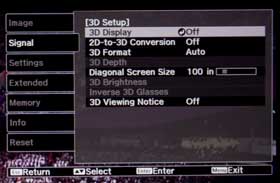

The procedure is repeated until a maximum number of iterations is exceeded.

Secondly, the residual-driven optimization is performed to estimate dense depth from user scribbles. Firstly, confidence of user input is computed from residuals between the estimation and user-specified depth values, and it is applied to the data fidelity term. To address this problem, a residual-driven energy function is proposed to remove unwanted input introduced by cross-boundary scribbles while preserving expected user input.

The performance of most methods degrades significantly when cross-boundary scribbles are present due to their inability to remove unwanted input. Semi-automatic 2D-to-3D conversion provides a cost-effective solution to the problem of 3D content shortage.


 0 kommentar(er)
0 kommentar(er)
